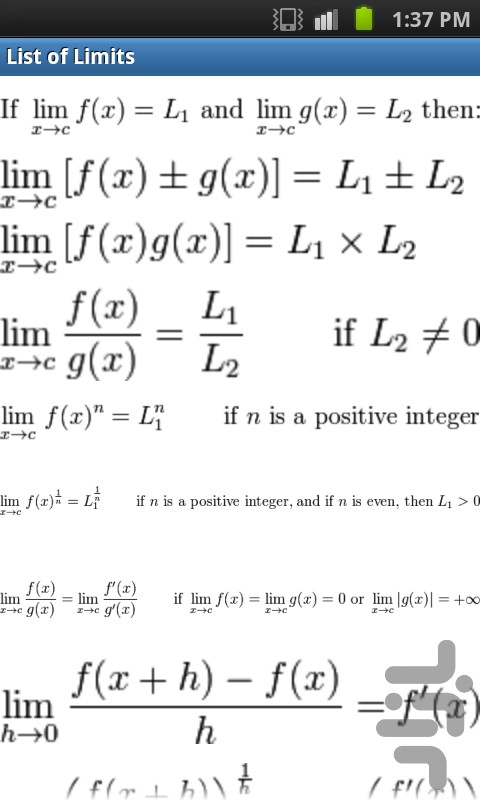
#MINIMUM ANGLE OF RESOLUTION CALCULATOR FULL# This means that as the diffraction limit is approached, the first signs will be a loss of resolution in green and pixel-level luminosity. The physical pixels do not actually occupy 100% of the sensor area, but instead have gaps in between.Blue light requires the smallest apertures (highest f-stop) in order to reduce its resolution due to diffraction. The calculation for pixel area assumes these extend all the way to the edge of each sensor, and all contribute to the final image.The above chart approximates the aperture as being circular (a common approximation), but in reality these are polygonal with 5-8 sides.Some cameras have pixels which are slightly rectangular, in which case diffraction will reduce resolution more in one direction than the other.This calculation assumes that microlenses make these gaps negligible. In reality, camera manufacturers leave some pixels unused around the edge of the sensor. Since not all manufacturers specify the number of used vs. unused pixels, only used pixels were considered when calculating the fraction of total sensor area. The pixel sizes above are thus slightly larger than if measured (but by no more than 5%).Īlthough the above diagrams help give a feel for the concept of diffraction, only real-world photography can show its visual impact.
Limit of resolution calculator series#
The following series of images were taken on the Canon EOS 20D, which typically exhibits softening from diffraction beyond about f/11. Move your mouse over each f-number to see how these impact fine detail: #MINIMUM ANGLE OF RESOLUTION CALCULATOR SERIES# Note: CF = "crop factor" (commonly referred to as the focal length multiplier) Īssumes square pixels, 4:3 aspect ratio for compact digital and 3:2 for SLR. #MINIMUM ANGLE OF RESOLUTION CALCULATOR SERIES#.#MINIMUM ANGLE OF RESOLUTION CALCULATOR FULL#.Be aware that the diffraction-like spreading of light is due to the limited diameter of a light beam, not the interaction with an aperture. The acuity of our vision is limited because light passes through the pupil, the circular aperture of our eye. There are many situations in which diffraction limits the resolution. This limit is an inescapable consequence of the wave nature of light. If they were closer together, as in Figure 1(c), we could not distinguish them, thus limiting the detail or resolution we can obtain. The pattern is similar to that for a single point source, and it is just barely possible to tell that there are two light sources rather than one. How does diffraction affect the detail that can be observed when light passes through an aperture? Figure 1(b) shows the diffraction pattern produced by two point light sources that are close to one another. (c) If they are closer together, they cannot be resolved or distinguished. (b) Two point light sources that are close to one another produce overlapping images because of diffraction.


(a) Monochromatic light passed through a small circular aperture produces this diffraction pattern. The effect is most noticeable when the aperture is small, but the effect is there for large apertures, too. Light from different parts of the circular aperture interferes constructively and destructively. This pattern is caused by diffraction similar to that produced by a single slit.

Instead of a bright spot with sharp edges, a spot with a fuzzy edge surrounded by circles of light is obtained. Figure 1(a) shows the effect of passing light through a small circular aperture.

While this can be used as a spectroscopic tool-a diffraction grating disperses light according to wavelength, for example, and is used to produce spectra-diffraction also limits the detail we can obtain in images. Light diffracts as it moves through space, bending around obstacles, interfering constructively and destructively.


 0 kommentar(er)
0 kommentar(er)
